The History of Tel Aviv is Dramatic
And Goes Back 7,500 Years...
Most people assume that the history of Tel Aviv goes back 100 years. Not so!
Tel Aviv's history is dramatic and convoluted. There are archaeological findings from Canaanites from as far back as 7,500 years. The area was conquered and reconquered many times throughout history.
I love this stuff. Even if you're not a history buff like me, you can skip the details and just skim through to catch the spirit of Tel Aviv's incredible story.
This page covers:
In the History of Tel Aviv Part II, you can read about the chaotic Medieval Period in the region, the long Turkish Ottoman rule and the modern history of Tel Aviv.
The History of Tel Aviv -
Legends, Egyptian and Biblical References
Myths and Legends
Jaffa or Yaffa means beautiful in Hebrew.
Legend has it that the city was named after one of Noah's three sons, Japhet (or Yafet in Hebrew) who founded Jaffa right after the flood.
And here's another legend... I love Greek mythology. Can you guess which myth is associated with ancient Tel Aviv?
Take a look at those rocks jutting out in the photo from the lovely Jaffa port.
In the famous Greek myth on the hero Perseus, the ancient city of Jaffa was attacked by a sea monster.
Unwillingly, Cepheus the King of Jaffa and his wife Cassiopeia agreed to save the city by sacrificing their daughter Andromeda to the monster.She was tied to that outcropping of rocks near Jaffa harbour.
Perseus arrived in time, killed the sea-monster and married the girl.
Ancient Egypt Rules 'Yapu'
Jaffa too has its ‘Trojan Horse’ story.
The “Harris Papyrus” from about 1500 BC describes how the Pharaoh Thutmose III presented a gift of large baskets to the ruler of Yapu.
Hidden in the baskets were soldiers, and this cunning trick enabled the Egyptians to conquer the city from within. There are many other Egyptian scrolls mentioning Jaffa 'Yapu.'
In old Jaffa, you can visit the remains of the “Temple of the Lion” where a skull of a lion was found! Also found was a huge royal scarab, an ancient Egyptian gem in the shape of a beetle. On the scarab is an inscription in hieroglyphics mentioning Amenhotep III, his wife Tiy, and a declaration that he hunted 102 lions.
You can see other archaeological finds in Jaffa from this period including the gate of a magnificent palace, recreated in the picture below.
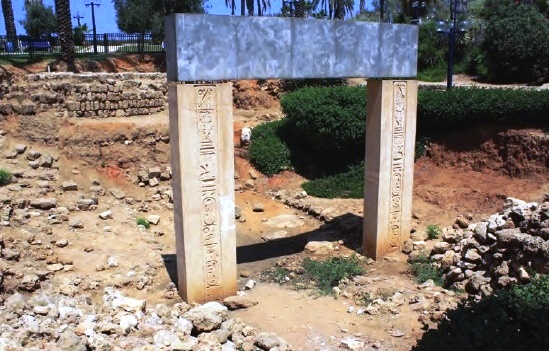
This gate is from the period of Ramses the II in the 13th century BCE, shortly before the end of Egyptian rule in Jaffa.
Biblical References to Jaffa
Jaffa is mentioned several times in the Bible:
- In the Book of Joshua, Jaffa is mentioned as a border city of the territory of the Dan tribe.
- In Chronicles, King Solomon’s boats arrive at the port of Jaffa full of cedar wood from Lebanon to build the 1st temple of Jerusalem.
- In Jonah, the prophet sails from Jaffa when he tries to run away from God’s calling. He is tossed overboard and swallowed by a whale.
- In the Book of Ezra, Jaffa is mentioned in the list of cities conquered by Assyria’s king Sennacherib in the year 701 BCE along with Bnei-Brak, Azur, and Beit Dagan, all cities belonging to Sidque, the King of Ashqelon, ‘who did not bow to my feet quickly.’
- Again in Ezra, after the return of the Jews to Zion from exile in Babylon, cedars of Lebanon are imported from Lebanon via Jaffa to Jerusalem to construct the 2nd temple.
The History of Tel Aviv - Its Three Ancient Cities
Jaffa is not the only ancient city located in what is today the city of Tel Aviv. There were actually 3 ancient city centers in the area:
Jaffa one of the oldest port cities in the Mediterranean Sea in located in the south of Tel Aviv.
Quesil was another ancient port city built by the 'sea people along the Yarkon River. It is located on the grounds of today’s Eretz Israel Museum in Ramat Aviv in north Tel Aviv.
Qudadi was an ancient Assyrian fortress located at the mouth of the Yarkon River, just east of the Reading station in the heart of Tel Aviv.
The convenient ports in the Tel Aviv area served as the main conduit from which goods arrived by sea and were distributed to Jerusalem and the rest of the country. It’s no coincidence that one of the main entrances to the old city of Jerusalem is called Jaffa Gate, pictured below.
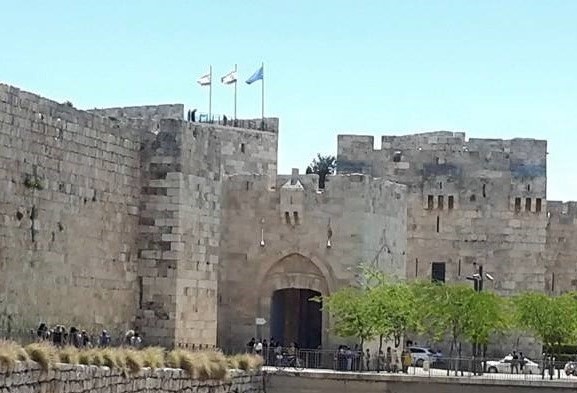
Jaffa Road in Jerusalem and Jaffa Gate is where goods entered the Old City of Jerusalem along the ancient way from the sea port of Jaffa.
The History of Tel Aviv
Ancient Times
Jaffa was an ancient Canaanite city inhabited at least 7,500 years BCE based on archaeological findings.
The first written mention of the history of Tel Aviv is from Egyptian records. Jaffa was conquered by Egypt back in 1500 BCE. They ruled for several centuries after which it passed back to Canaanite hands.
The History of Tel Aviv -
the Jewish Kings and the Philistines
King David and again his son King Solomon conquered Jaffa from the Canaanites, and used the port to bring goods to their Jerusalem capital, especially cedars for the building of the Temple.
After King Solomon’s death and the division of Israel into two Jewish Kingdoms, Israel and Judea. Jaffa became part of the Kingdom of Israel, also known as Samaria.
At about the same time that King David inhabited Jerusalem, the Philistines built a magnificent city and temples in Qesile.
Tel Qasile
Tel Qasile is a fascinating archaeological site, containing the remains of one of the 5 cities of the 'sea people.'
The sea people or the Philistines arrived in the 12th century BCE from Greece and the Aegean islands. Their culture is linked with Cretan (Mycenaean) culture. They settled in Israel in the area between the Yarkon River in today’s Tel Aviv and the Negev desert.
Qasile’s zenith was in the 11th century BCE. The city was well planned, with intertwining streets, blocks of buildings divided into the typical ‘four-room house’ of Iron Age Israel, work quarters and a religious complex consisting of 4 temples.
You can visit Tel Quasile today on the grounds of the Eretz Israel Museum in Ramat Aviv. Visit our Tel Aviv Museum page for more on Tel Qasile and what else you can see in this brilliant museum.
King David destroyed the Phiistine city of Qasile in a major fire in the 10th century BCE. It was rebuilt by King Solomon, and reconquered and rebuilt by King Josiah of Judah.
The History of Tel Aviv
Assyrian, Babylonian and Persian Conquerers
In 710 BCE, King Sennacherib of Assyria invaded Israel from the Jaffa port and exiled the people of the Kingdom of Israel. As mentioned earlier, Jaffa was part of this Kingdom.
These exiles became the famous ‘ten lost tribes’ of Israel.
A bit north of Jaffa, the Assyrians built the Qudadi fortress city on the mouth of the Yarkon River.
Tel Qudadi
Tel Qudadi lies just north of today's Tel Aviv Port near the Reading power station where the Yarkon River empties into the Mediterranean Sea.
Today you can see the remains of the ancient Qudadi fortress, although unfortunately, most of the archaeological finds were ruined when the power plant was built in the 1930’s.
This ancient fortress from the late 8th to early 7th century BCE was part of a network of Assyrian fortresses. The Assyrians ruled a mighty empire out of modern day Iraq. Quadadi was strategically located on the main maritime route between Egypt and Phoenicia.
In fact, Tel Qudadi made archaeology news in 2010 with the discovery of the earliest recorded finding outside of Greece of an amphora made in the Greek island of Lesbos. An amphra is a large jar containing wine or oil. You can read more here.
The huge Assyrian empire didn't last long. A century later, Nebuchadnezzar King of Babylon conquered Assyria, invaded the Kingdoms of Israel and Judah, destroyed the first Temple of Jerusalem, exiled the Jewish nobility and took over Jaffa.
Later, the Persians, under Cyrus the Great, conquered Assyria and the Babylonians and allowed the Jews to return to the Land of Israel and to rule themselves.
The History of Tel Aviv -
Conquered by the Greeks, the Jews, the Romans and again by the Jews
The Greeks
In 332 BCE, Alexander the Great conquered all of Israel including Jaffa and left a Greek contingent in this convenient port city.
About 100 years later, Antiochus IV, the Seleucid Greek ruler from Syria wanted to conquer the Jewish Kingdom. He tricked the Jews of Jaffa to empty the city by inviting them to a take a trip on boats on the sea. He was now able to more easily conquer Jaffa, and from there he went on to conquer Jerusalem.
Not long after, the heads of the Jewish rebellion, the Maccabee sons Judah, Jonathan and Shimon reconquered Jaffa and made it part of the Jewish Hashmonean kingdom of Judah. In fact, the well-known Jewish holiday of Hanuka commemorates this victory and the cleansing of the 2nd Temple in Jerusalem.
The Romans and the Jewish Revolts
When the Romans conquered the Middle East, they took control of Israel, including Jaffa from the Greeks.
This was a tumultuous time.
Jaffa was transferred from hand to hand, from Antigonus to Herod to Antonius to Cleopatra and back to Herod.
During the days of the three Jewish revolts against Rome, Jaffa was captured and burned by Cestius Gallus. He had the Jewish navy drowned at sea and all 8,400 Jewish survivors of the city of Jaffa were slaughtered by the Romans.
Still the Jewish settlement of Jaffa revived quickly.
The History of Tel Aviv -
the Early Days of Christianity
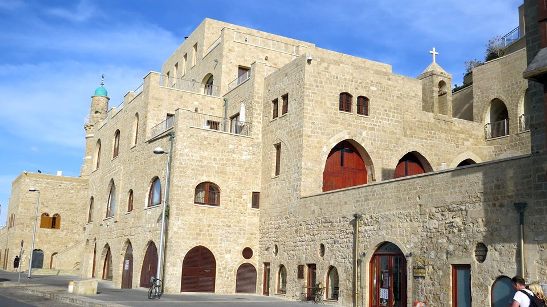
In the 1st century C.E. Jaffa became an important Christian city.
As described in Acts, St. Peter revived an inhabitant of Jaffa.
While living in the house of Shimon the Tanner in Jaffa, St. Peter had a vision which told him to accept all Gentiles and not just Jews into Christianity. This helped pave the way to the spreading of Christianity around the world.
You can read more on the History of Tel Aviv Part II - from medieval to modern times including the fascinating founding of the State of Israel.
You may also be interested in:
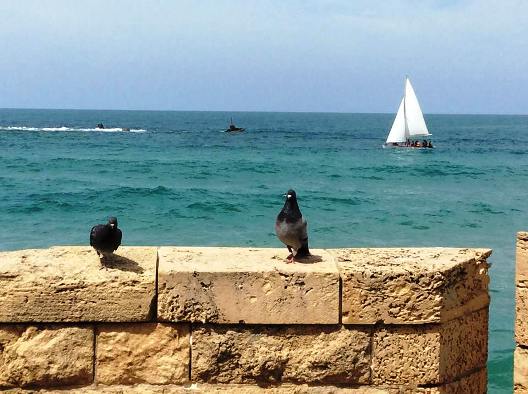
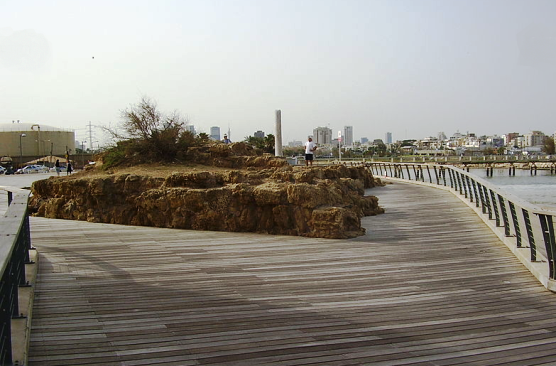
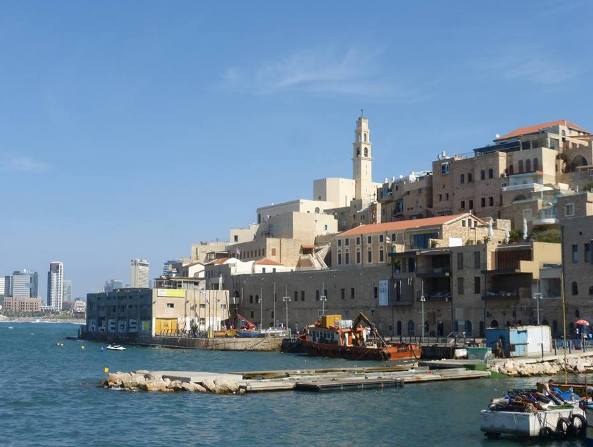



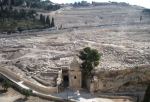


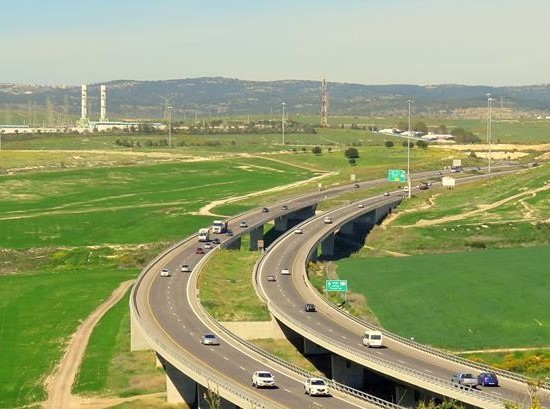

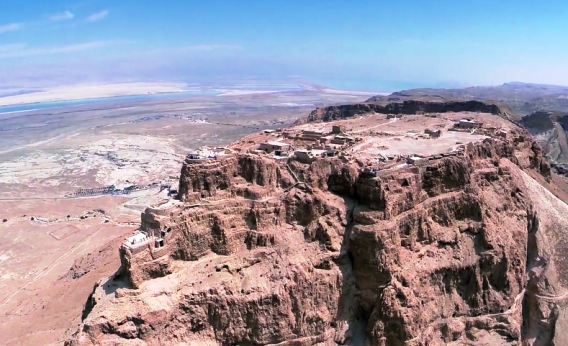


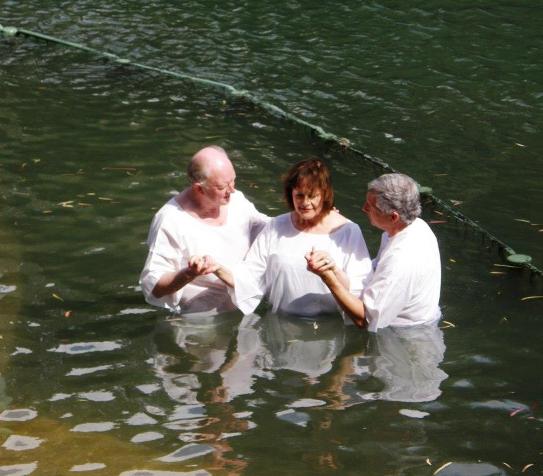

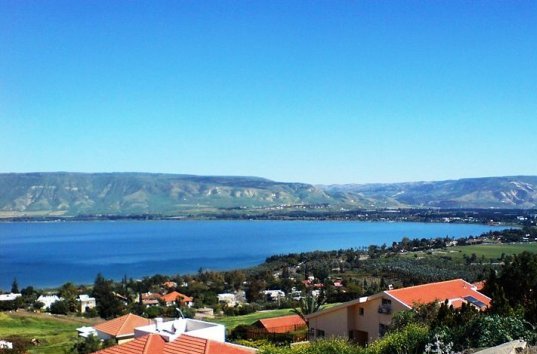
Facebook Comments
Enjoyed your visit? Have something to say? Why not leave a comment in the box below.